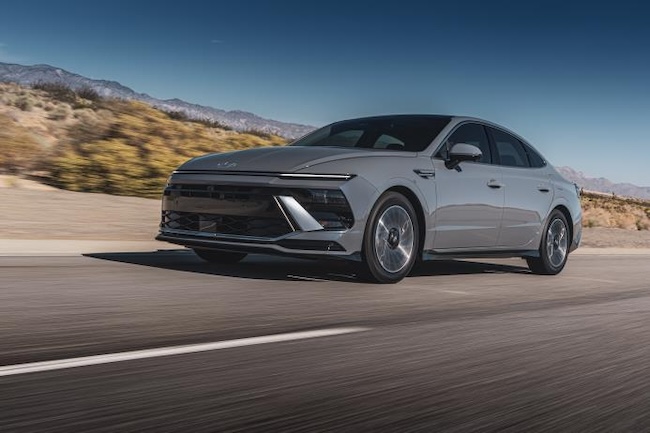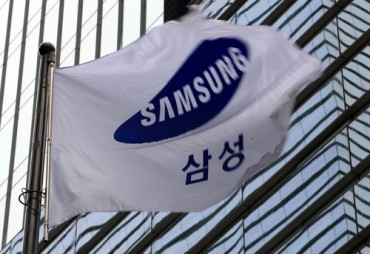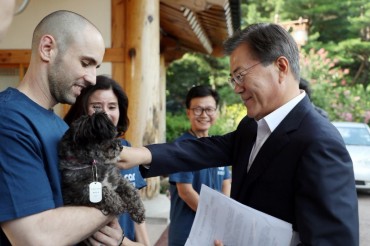SEOUL, Aug. 30 (Korea Bizwire) – In response to slowing electric vehicle (EV) adoption, Hyundai Motor has unveiled a new strategy centered on hybrid vehicles (HEVs) and extended-range electric vehicles (EREVs) to navigate the current market challenges.
The South Korean automaker presented its updated mid-to-long-term strategy, dubbed Hyundai Way, during its 2024 CEO Investor Day on August 28. A key component of this plan is Hyundai Dynamic Capability, which aims to nimbly adapt to the deceleration in EV transition by focusing on hybrids and EREVs, ultimately securing a long-term competitive advantage.
This approach aligns with Kia’s recent announcement to increase its hybrid vehicle sales as part of its strategy to address the EV market slowdown.
While hybrid vehicles are gaining popularity, Hyundai has maintained its commitment to pure electric vehicles. The company reaffirmed its goal of selling 2 million EVs annually by 2030, a target initially set during last year’s investor day. This steadfast approach contrasts with some other automakers that have reduced or delayed their EV sales targets.
According to data from Carisyou Data Research Institute, new hybrid vehicle registrations in South Korea surged by 46.3% year-on-year in 2023, reaching 309,164 units. The trend continued into 2024, with 218,105 hybrid vehicles registered from January to July, marking a 24.3% increase compared to the same period last year.
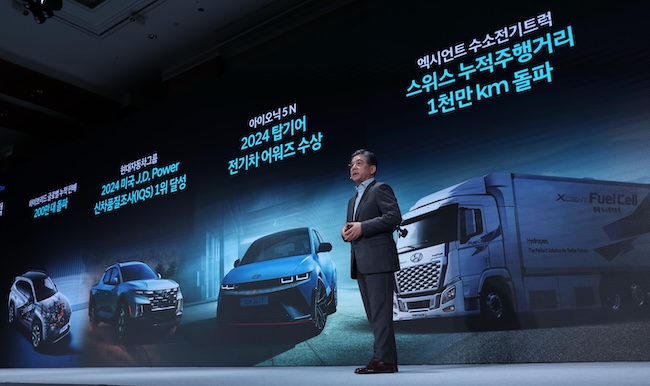
The South Korean automaker presented its updated mid-to-long-term strategy, dubbed Hyundai Way, during its 2024 CEO Investor Day on August 28. (Image courtesy of Hyundai Motor Co.)
Globally, Hyundai and Kia’s combined hybrid vehicle sales for the first half of 2024 reached 408,799 units, a 21.2% increase from last year. This growth stands in stark contrast to declining pure electric vehicle sales.
To capitalize on this market shift, Hyundai plans to expand its hybrid lineup from the current seven models to 14, extending into small, large, and luxury segments. The Genesis brand will add hybrid options to all its models except for dedicated EV platforms.
Hyundai is also introducing an improved hybrid system called TMED-II (Transmission Mounted Electric Device II), set to enter production in January 2025. The company claims this system maintains cost parity with its predecessor while improving performance and efficiency.
In a bold move, Hyundai also announced plans to develop EREVs, which combine elements of electric and internal combustion engine vehicles. These vehicles will primarily run on electricity but feature an engine that generates power to charge the battery. Hyundai aims to achieve a driving range exceeding 900 km on a single charge with its EREV models.
The company plans to launch EREVs in North America and China by late 2026, with broader sales beginning in 2027. Hyundai President Chang Jaehoon emphasized that EREVs offer the profitability of hybrids and the product competitiveness of electric vehicles, with lower prices than pure EVs and reduced range anxiety.
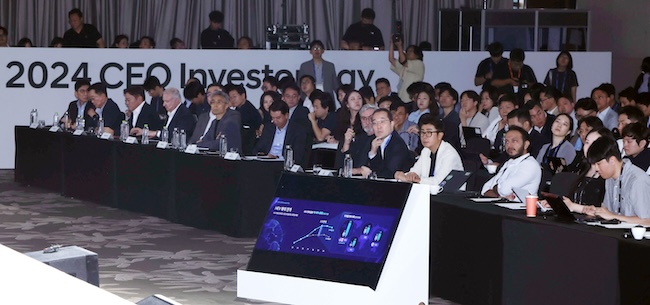
The South Korean automaker presented its updated mid-to-long-term strategy, dubbed Hyundai Way, during its 2024 CEO Investor Day on August 28. (Image courtesy of Hyundai Motor Co.)
To prepare for an anticipated resurgence in EV demand and address recent safety concerns, Hyundai is also focusing on enhancing its battery technology. By 2030, the company aims to develop an affordable NCM (nickel-cobalt-manganese) battery with 20% higher energy density and reduced material costs compared to current NCM batteries.
Additionally, Hyundai plans to introduce a Cell to Vehicle (CTV) structure, integrating the battery and vehicle body. This design is expected to reduce battery system weight by 10% and improve heat transfer performance by up to 45% compared to the current Cell to Pack (CTP) structure.
Kevin Lee (kevinlee@koreabizwire.com)


